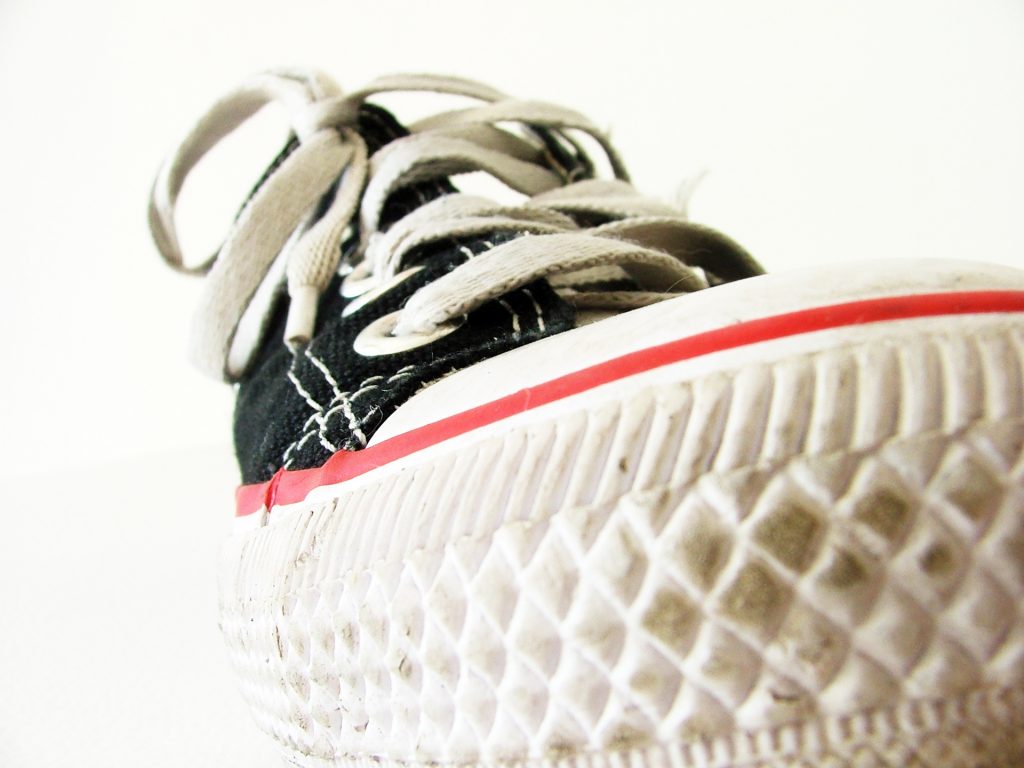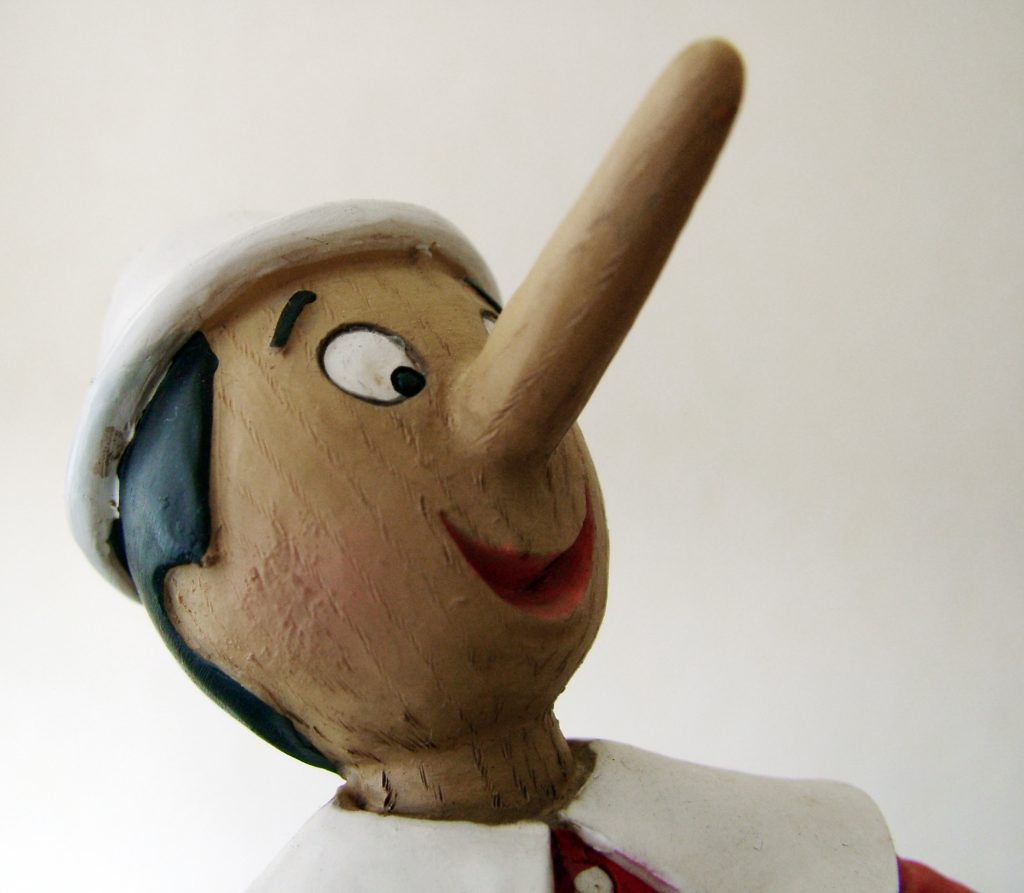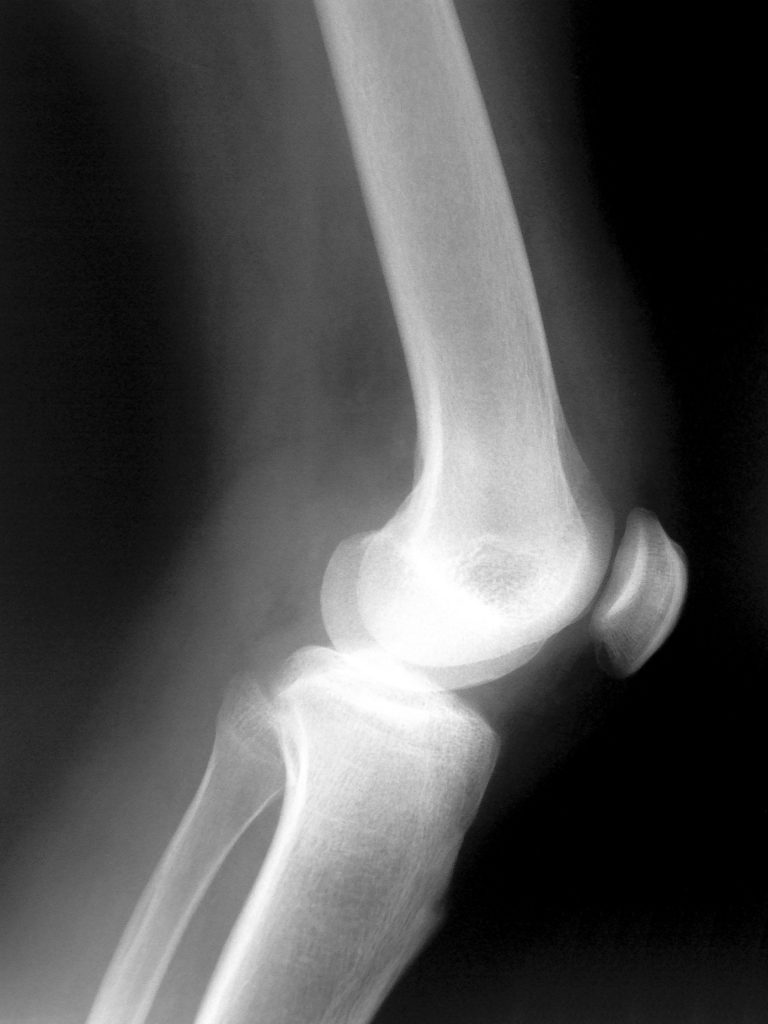 When bringing a personal injury lawsuit a plaintiff must prove that the defendant in the lawsuit caused the injury. Often, when an injury involves two parties, the question of who caused the injury has a relatively straightforward answer. However, problems arise when the circumstances surrounding the injury involve multiple parties. A recent case out of the Louisiana First Circuit Court of Appeal illustrates the complexity of proving who caused an injury when multiple parties are involved.
When bringing a personal injury lawsuit a plaintiff must prove that the defendant in the lawsuit caused the injury. Often, when an injury involves two parties, the question of who caused the injury has a relatively straightforward answer. However, problems arise when the circumstances surrounding the injury involve multiple parties. A recent case out of the Louisiana First Circuit Court of Appeal illustrates the complexity of proving who caused an injury when multiple parties are involved.
Plaintiff William Bourg, an employee of Shamrock Management LLC (“Shamrock”), a Houma, Louisiana company, was injured while helping move an aluminum generator cover. The cover, which weighed 2800 pounds, was delivered to Shamrock’s shop by Cajun Cutters, Inc (“Cajun Cutters”). Mr. Bourg and a Cajun Cutter’s employee, Russell Felio, attempted to move the generator cover into Shamrock’s shop. To facilitate the delivery of the generator cover, Mr. Felio decided to use a large forklift that he was unauthorized to use. While using the forklift, Mr. Felio accidentally flipped the generator cover on its side, which fell on Mr. Bourg’s left foot, crushing it. The injury required Mr. Bourg to undergo two surgeries.
Mr. Bourg sued both Cajun Cutters and Mr. Felio for his foot injury. In a personal injury lawsuit, the jury is required to determine who is at fault for the plaintiff’s injury and allocate a percentage of fault onto each party member, including the plaintiff. In Mr. Bourg’s case, the jury decided that Mr. Bourg and Shamrock were 90% at fault for the accident and that Cajun Cutters and Mr. Felio were 10% at fault. Mr. Bourg filed a motion for a judgment notwithstanding the verdict (“JNOV”). A JNOV is a procedural device where the trial court may correct a jury verdict by modifying the jury’s findings of fault or damages, or both. La. C.C.P. art. 1811 (2016). The trial court granted the JNOV and reallocated fault 50% to Bourg and Shamrock and 50% to Cajun Cutters and Mr. Felio. Cajun Cutters and Mr. Felio appealed the trial court’s decision.
 Louisiana Personal Injury Lawyer Blog
Louisiana Personal Injury Lawyer Blog


 Direct employment is the traditional and most common employer-employee relationship. But what happens when a statutory employee is injured on a work site? A
Direct employment is the traditional and most common employer-employee relationship. But what happens when a statutory employee is injured on a work site? A  What happens when a person injures another person?
What happens when a person injures another person? What do injured parties do when products are defective and unreasonably damaged? In Louisiana, injured parties may file lawsuits against a manufacturer for damages caused by his products. The following case out of the Western District of Louisiana describes the Louisiana Products Liability Act (“LPLA”).
What do injured parties do when products are defective and unreasonably damaged? In Louisiana, injured parties may file lawsuits against a manufacturer for damages caused by his products. The following case out of the Western District of Louisiana describes the Louisiana Products Liability Act (“LPLA”). In the midst of a very active hurricane season, it is important to remember that Louisiana is no stranger to this type of inevitable damage. However, the dangers involved in disaster clean-up efforts are often forgotten, and far too often people who aid in these efforts aren’t compensated fairly when things turn awry. A recent lawsuit helped linemen who faced similar dangers recover for injuries they sustained during a disaster clean-up.
In the midst of a very active hurricane season, it is important to remember that Louisiana is no stranger to this type of inevitable damage. However, the dangers involved in disaster clean-up efforts are often forgotten, and far too often people who aid in these efforts aren’t compensated fairly when things turn awry. A recent lawsuit helped linemen who faced similar dangers recover for injuries they sustained during a disaster clean-up.  Lawsuits often appear to be complicated and complex, but what many people don’t know is that the outcome of a lawsuit can often be determined by a simple matter of logistics. The who, what, when, where and why of a situation can make the difference between winning and losing a case. For instance, a simple matter of jurisdiction was the deciding factor in a case brought by a South Louisiana man and his wife.
Lawsuits often appear to be complicated and complex, but what many people don’t know is that the outcome of a lawsuit can often be determined by a simple matter of logistics. The who, what, when, where and why of a situation can make the difference between winning and losing a case. For instance, a simple matter of jurisdiction was the deciding factor in a case brought by a South Louisiana man and his wife.  After a motor vehicle collision occurs, a court will assign each driver involved a standard of care they were required to maintain. Drivers under Louisiana law are usually subject to ordinary care when driving their vehicle. However, under the law, certain motorists are held to a higher standard or are favored to have less liability if an accident occurs. This differentiation in standards was recently highlighted when a garbage truck was hit by a pickup driving on a three-lane road while pulling out of a Burger King exit.
After a motor vehicle collision occurs, a court will assign each driver involved a standard of care they were required to maintain. Drivers under Louisiana law are usually subject to ordinary care when driving their vehicle. However, under the law, certain motorists are held to a higher standard or are favored to have less liability if an accident occurs. This differentiation in standards was recently highlighted when a garbage truck was hit by a pickup driving on a three-lane road while pulling out of a Burger King exit. Suffering through an accident is bad enough, but dealing with the aftermath of that accident can be even worse without the help of a great attorney. An often overlooked but critical step in dealing with the consequences of an accident is deciding who to include or exclude from a release, which is a contractual agreement in which one party agrees to give up their right to bring a claim against another party. As Trena and Thomas Garrison learned after their accident in Baton Rouge, a small oversight on a seemingly standard release could result in a substantial loss of potential recovery.
Suffering through an accident is bad enough, but dealing with the aftermath of that accident can be even worse without the help of a great attorney. An often overlooked but critical step in dealing with the consequences of an accident is deciding who to include or exclude from a release, which is a contractual agreement in which one party agrees to give up their right to bring a claim against another party. As Trena and Thomas Garrison learned after their accident in Baton Rouge, a small oversight on a seemingly standard release could result in a substantial loss of potential recovery.  After making a successful workers’ compensation claim, an insurer may make a subrogation claim, which is the right of an insurer to recover the amount paid out in a claim from a third party that caused the claim to occur. However, failure to properly reserve this right can affect an insurer’s right to recovery and possibly bar recovery altogether. A recent lawsuit in the Orleans Parish highlighted this fact.
After making a successful workers’ compensation claim, an insurer may make a subrogation claim, which is the right of an insurer to recover the amount paid out in a claim from a third party that caused the claim to occur. However, failure to properly reserve this right can affect an insurer’s right to recovery and possibly bar recovery altogether. A recent lawsuit in the Orleans Parish highlighted this fact. Workers’ compensation laws require companies to set aside a fund to pay their employees for work-related injuries. But what happens when the employer also has long-term disability insurance and the injured employee collects both workers’ compensation benefits as well as the employer-funded long-term disability benefits? Receiving benefits from the correct source of workers’ compensation income can prevent the headache of having to pay back thousands of dollars years later.
Workers’ compensation laws require companies to set aside a fund to pay their employees for work-related injuries. But what happens when the employer also has long-term disability insurance and the injured employee collects both workers’ compensation benefits as well as the employer-funded long-term disability benefits? Receiving benefits from the correct source of workers’ compensation income can prevent the headache of having to pay back thousands of dollars years later.